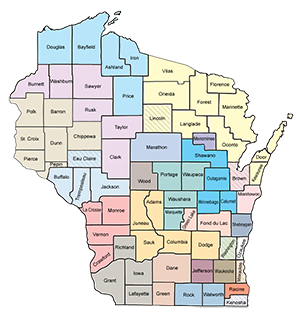Source: Huffington Post, July 22, 2012
The analysts’ estimates suggest that some 47 million people in the U.S., or 1 in 6, were poor last year. An increase of one-tenth of a percentage point to 15.2 percent would tie the 1983 rate, the highest since 1965. The highest level on record was 22.4 percent in 1959, when the government began calculating poverty figures.
Demographers also say:
_Poverty will remain above the pre-recession level of 12.5 percent for many more years. Several predicted that peak poverty levels – 15 percent to 16 percent – will last at least until 2014, due to expiring unemployment benefits, a jobless rate persistently above 6 percent and weak wage growth.
_Suburban poverty, already at a record level of 11.8 percent, will increase again in 2011.
_Part-time or underemployed workers, who saw a record 15 percent poverty in 2010, will rise to a new high.
_Poverty among people 65 and older will remain at historically low levels, buoyed by Social Security cash payments.
_Child poverty will increase from its 22 percent level in 2010.
Analysts also believe that the poorest poor, defined as those at 50 percent or less of the poverty level, will remain near its peak level of 6.7 percent.
Few people advocate cuts in anti-poverty programs. Roughly 79 percent of Americans think the gap between rich and poor has grown in the past two decades, according to a Public Religion Research Institute/RNS Religion News survey from November 2011. The same poll found that about 67 percent oppose “cutting federal funding for social programs that help the poor” to help reduce the budget deficit.

